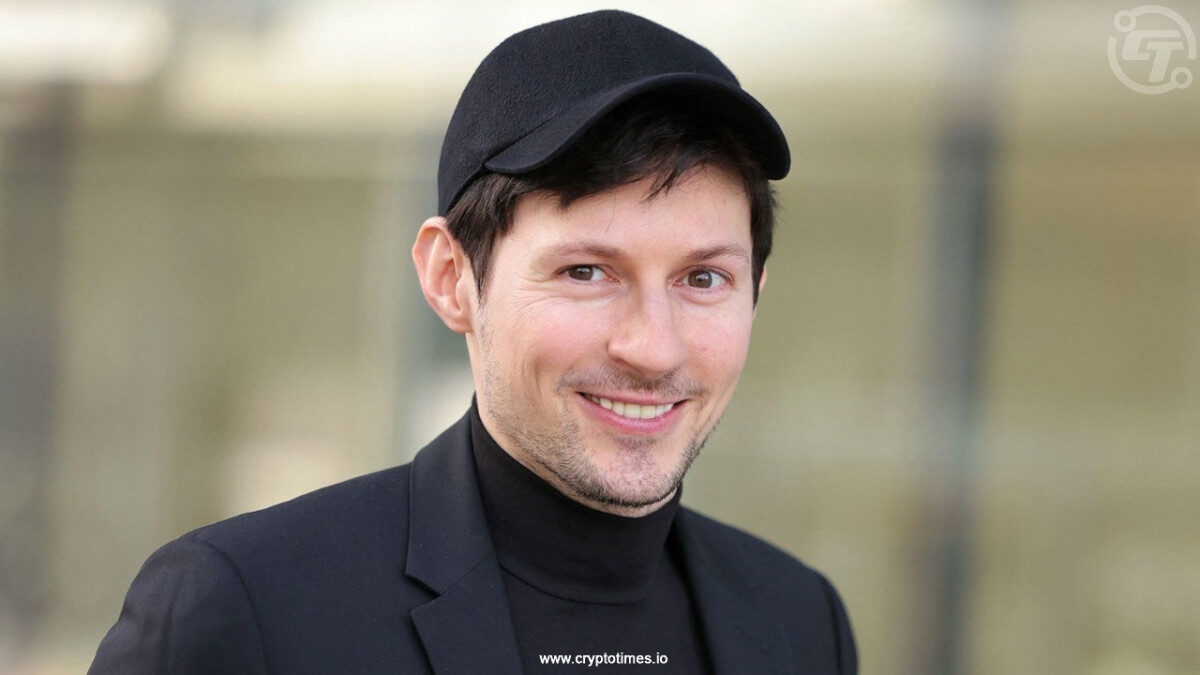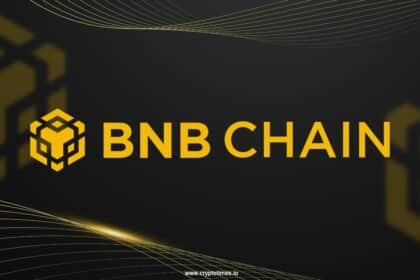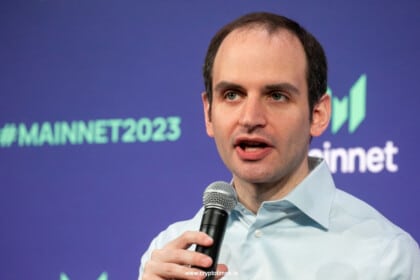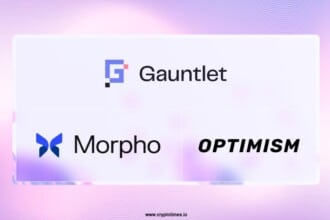Telegram CEO Pavel Durov announced the launch of Cocoon, short for Confidential Compute Open Network, during the Blockchain Life 2025 conference. The initiative introduces a decentralized AI compute network built on the TON blockchain, aiming to merge privacy-preserving artificial intelligence with open, distributed infrastructure.
Cocoon will allow GPU owners to contribute their unused computing power in exchange for TON tokens, while developers gain access to low-cost AI compute for their applications.
Telegram itself will serve as the first major user of the platform, integrating Cocoon into its mini-app and bot ecosystem starting November 2025.
According to Durov, the network’s design ensures user data remains private, enabling AI-driven functions such as summarization or message drafting without relying on centralized systems.
The CEO described Cocoon as a “market-driven infrastructure” that promotes transparent pricing and resists censorship, aligning with Telegram’s long-standing stance on user autonomy and digital freedom.
The initiative builds on Telegram’s broader integration with the TON blockchain, where decentralized apps, payments, and NFTs are already active. By merging AI and blockchain, Cocoon extends Durov’s vision beyond messaging into decentralized digital infrastructure.
From messaging to decentralized infrastructure
Durov’s recent comments on Bitcoin reflect his long-standing belief in decentralized value systems. He said early Bitcoin investments helped fund his life during Telegram’s early years, reinforcing his distrust of inflation-prone fiat systems.
That same mindset appears to inform Cocoon’s direction, framing it as part of Telegram’s shift from a communication platform to a decentralized digital ecosystem.
Viewed alongside his work on TON and his support for Bitcoin, Cocoon indicates that Durov’s approach has shifted from messaging privacy to exploring decentralized models for data, computation, and value exchange.
Also read: Monad Co-Founder Warns of Fake Telegram Ads Before Airdrop












